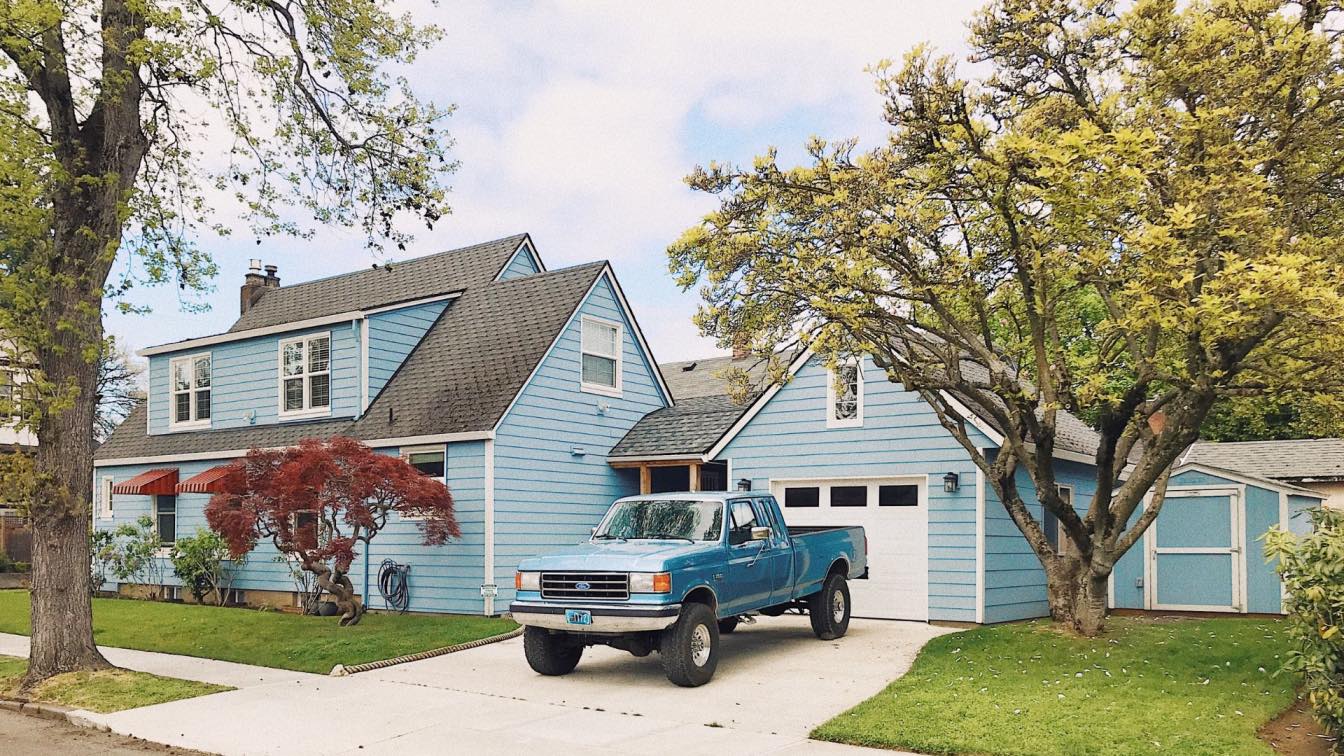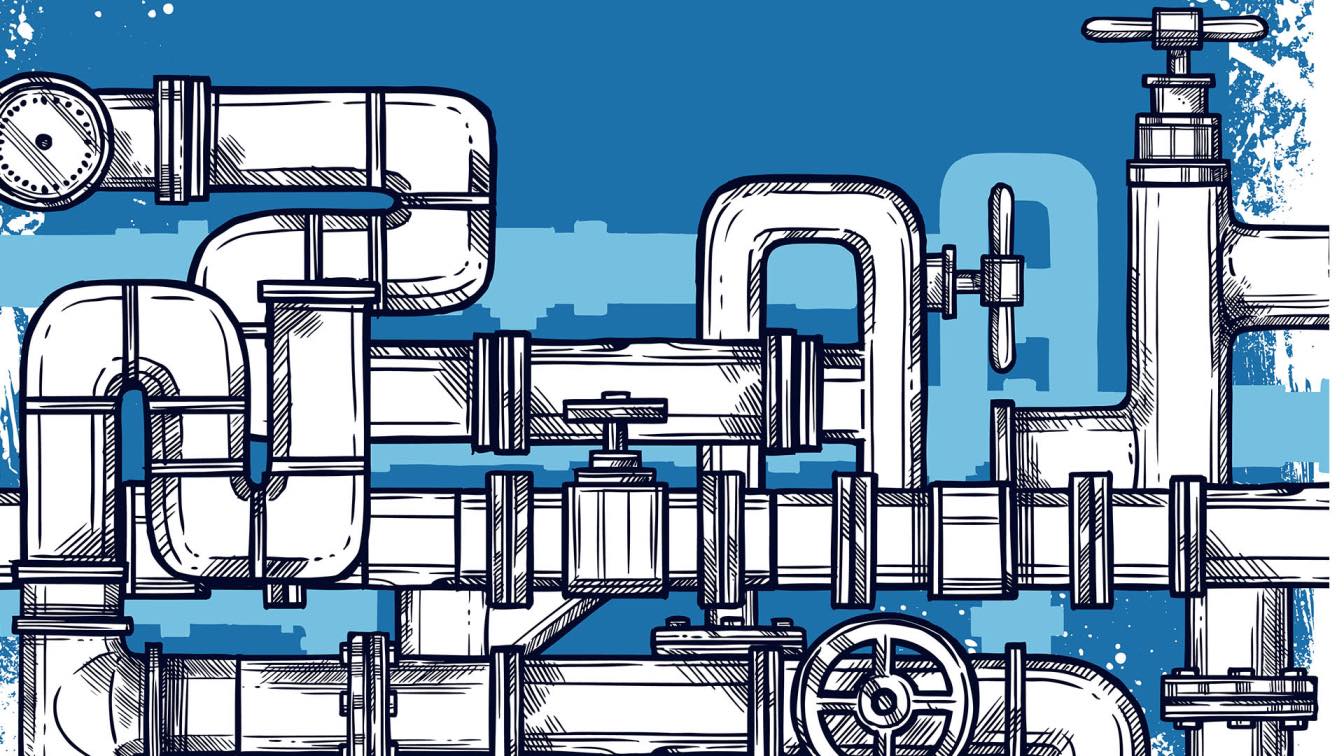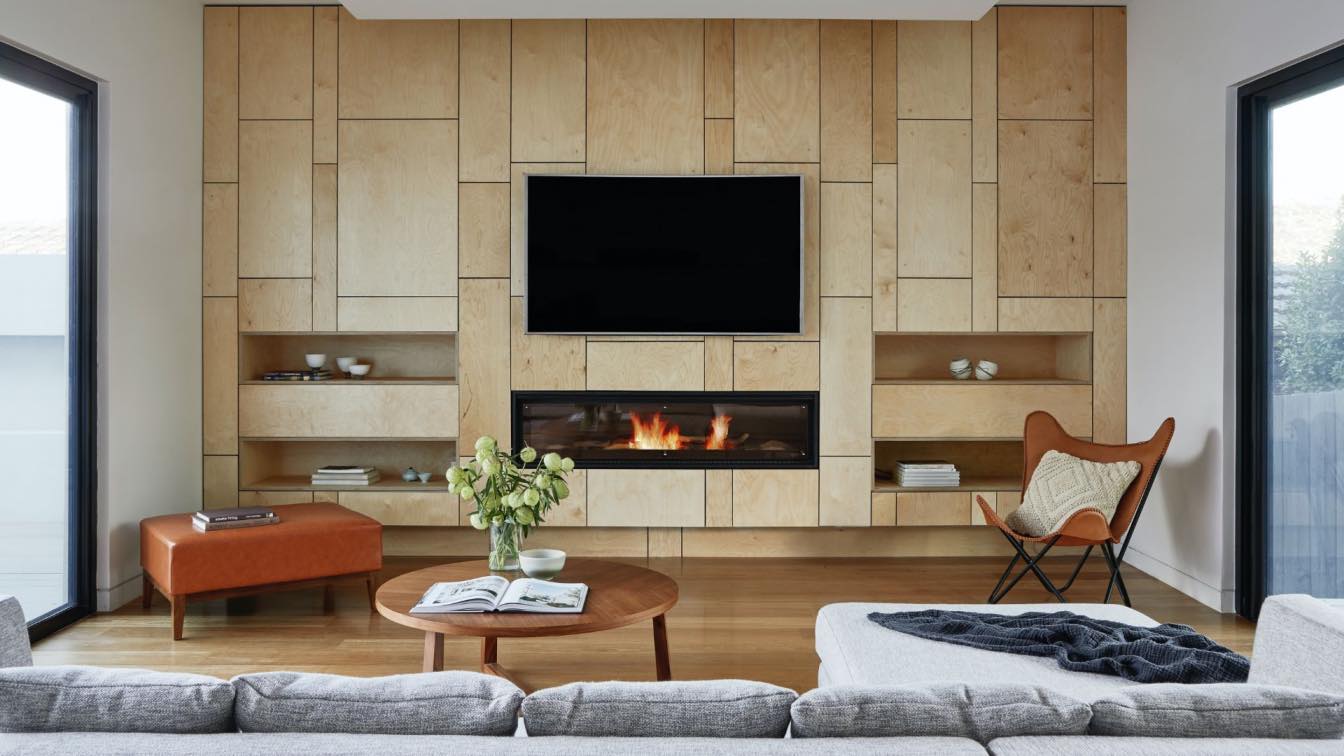Introduction: In a world where sustainable living is becoming increasingly vital, architects and homeowners alike are seeking innovative ways to harmonize ecological responsibility with architectural beauty. Enter SuperAdobe homes, a revolutionary architectural technique that blends ancient wisdom with modern design. This article delves into the captivating world of SuperAdobe homes, exploring their history, construction process, and the unique benefits they offer, ultimately showcasing why these eco-friendly dwellings are capturing the imagination of designers and homeowners around the globe.
A Historical Journey
This construction concept finds its roots in the ancient building practices of civilizations such as the Egyptians and the Romans. However, it was architect Nader Khalili who popularized this technique in the modern era. Drawing inspiration from traditional Persian architecture, Khalili developed the concept of SuperAdobe in the late 20th century. His vision was to create homes that were not only affordable and durable but also gentle on the environment.
Building with Earth
The primary material used in this kind of construction is earth itself, making it a sustainable and readily available resource. The technique involves filling long sandbags with moistened earth, typically a mix of clay, sand, and a small amount of cement for stabilization. These sandbags are then stacked in a circular or curved formation, creating sturdy walls that require no additional structural support.
 Bsabess Earthen Ecodome House in Benslimane, Morocco by Ecodome Maroc
Bsabess Earthen Ecodome House in Benslimane, Morocco by Ecodome Maroc
Strength in Simplicity
SuperAdobe homes are renowned for their exceptional strength and durability. The earth-filled sandbags, when properly compacted, create robust walls that can withstand seismic activity and adverse weather conditions. This technique offers a reliable solution for regions prone to earthquakes and extreme climates, providing a safe and secure living environment.
Environmental Advantages
The eco-friendly advantages of these homes extend beyond their construction materials. The earth's natural thermal properties, coupled with the thick walls, contribute to excellent insulation, reducing the need for artificial heating or cooling systems. This inherent energy efficiency not only lowers utility bills but also lessens the ecological footprint of the home, promoting sustainability in the long run.
Versatility of Design
Contrary to popular misconceptions, SuperAdobe homes can be stunning architectural marvels. The technique allows for endless design possibilities, from contemporary and minimalist aesthetics to traditional and organic forms. The graceful curves and flowing lines achieved through this method evoke a sense of harmony with the natural surroundings, seamlessly integrating the structure into its environment.
Affordability and Accessibility
One of the most appealing aspects of these home homes is their affordability. By utilizing earth as the primary building material, construction costs are significantly reduced compared to traditional methods. Additionally, the availability of earth in most regions makes this technique accessible to communities worldwide, empowering individuals to build their homes with limited financial resources.
Self-Sufficiency and Off-Grid Living
SuperAdobe homes often incorporate sustainable features that promote self-sufficiency and off-grid living. Passive solar design principles can be integrated to maximize natural lighting and minimize energy consumption. Rainwater harvesting systems, greywater recycling, and solar panels can further reduce dependence on external resources. These eco-conscious features align with the growing desire for sustainable lifestyles and contribute to a reduced environmental impact.
Community Building and Social Impact
Beyond their environmental benefits, homes built by this method have the potential to foster community building and social impact. The construction process, which often involves community participation, can strengthen relationships among neighbors, creating a sense of ownership and pride. Moreover, the affordability and adaptability of these architectural constructions can empower marginalized communities and provide dignified living spaces where they were previously unattainable.
Conclusion
SuperAdobe homes exemplify the harmonious blend of sustainability and elegance. Their unique construction technique, rooted in ancient wisdom and modern innovation, offers a solution for environmentally conscious individuals seeking to create breathtaking homes with minimal impact on the planet. By embracing the principles of SuperAdobe, we can usher in a new era of architecture that marries aesthetic appeal with ecological responsibility, ultimately shaping a brighter and more sustainable future for generations to come.





